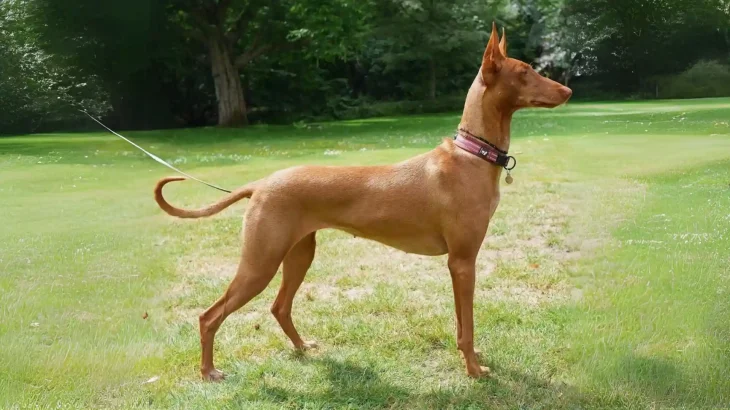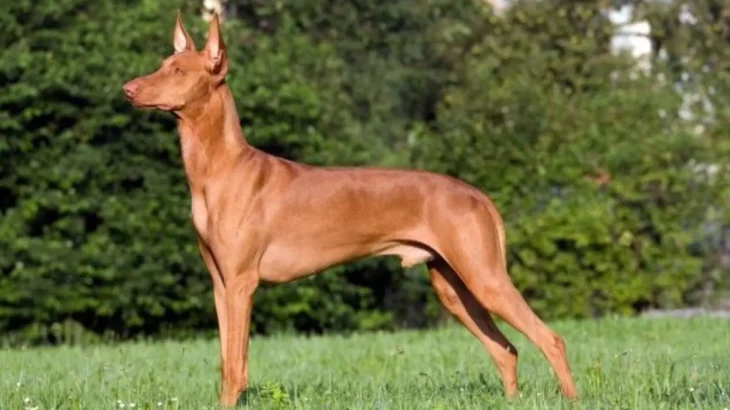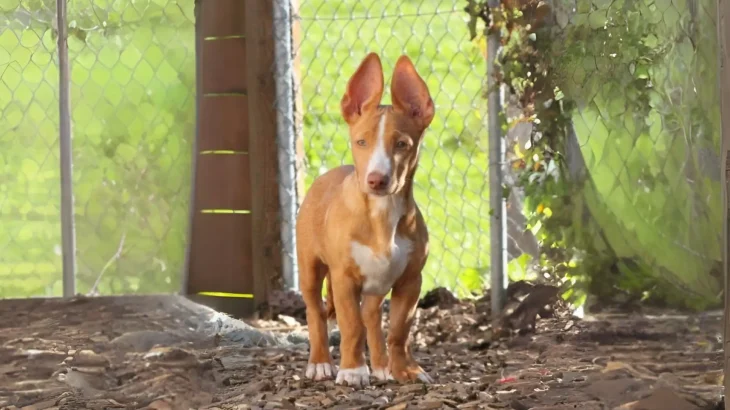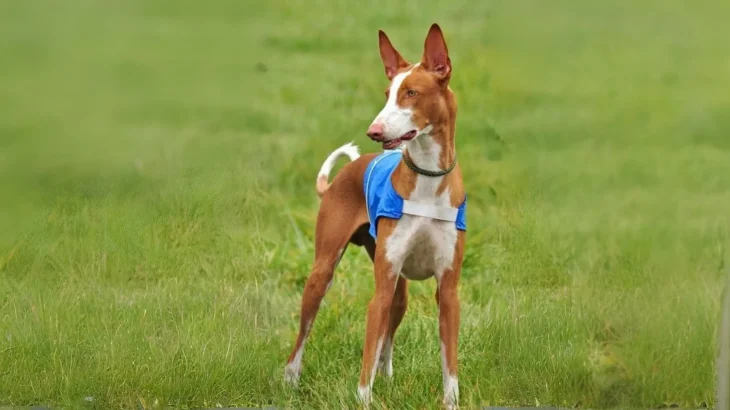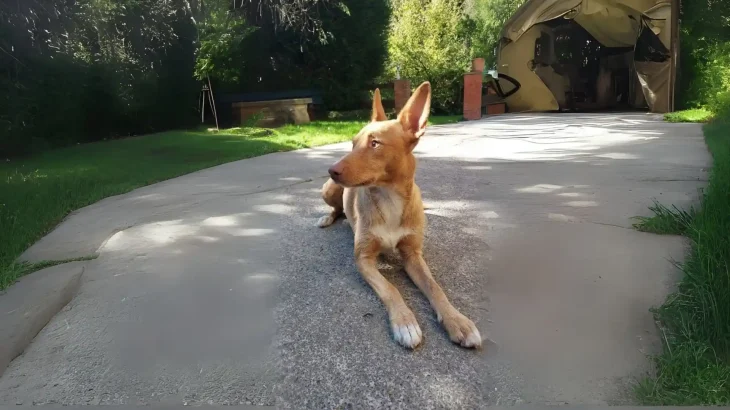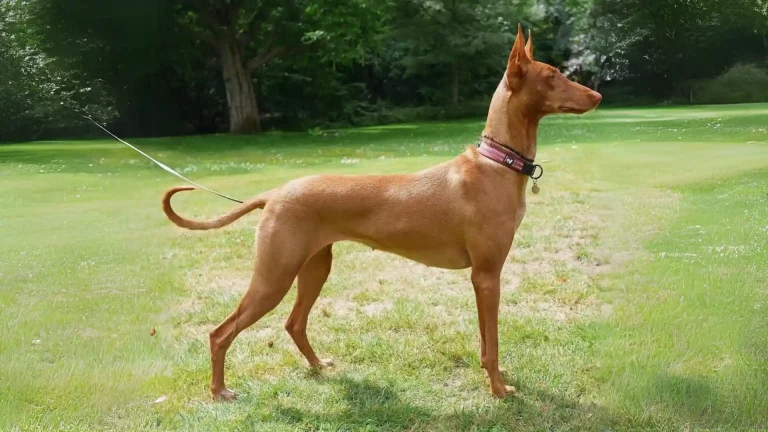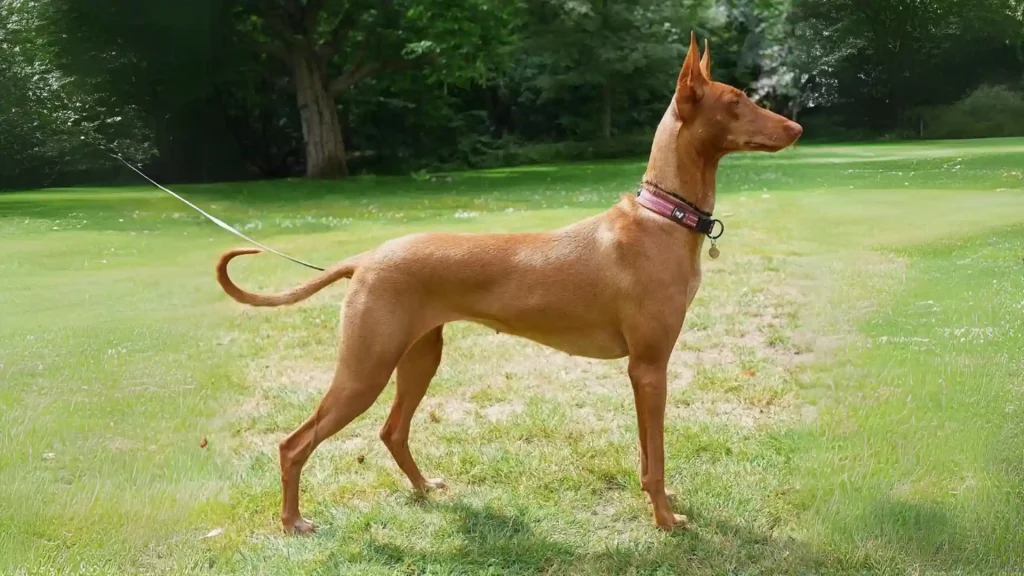Deciding between adopting or buying an Andalusian Podenco puppy can shape your experience significantly. Purchasing from a responsible breeder usually offers a clearer picture of the puppy's lineage and health, while adoption gives a chance to rescue a dog in need, which can be a rewarding journey.
Adoption vs. Breeder: Pros & Cons
| Criteria | Buying from Breeder | Adopting from Shelter/Rescue |
|---|---|---|
| Cost | Higher initial cost due to breed purity and pedigree documentation. | Lower adoption fees, often including basic health care and vaccinations. |
| Health History | Comprehensive health and genetic history typically available. | Health history might be limited or unknown; basic checks usually done. |
| Age Availability | Mostly puppies, allowing early bonding and training. | Dogs of various ages, including adults, which can be great for experienced owners. |
| Temperament Insight | Breeders can provide lineage temperament insights. | Staff observations on behavior available, but full history may be missing. |
| Supporting Practices | Supports responsible breed preservation when choosing ethical breeders. | Promotes animal welfare by giving homes to dogs in need. |
| Breed Purity & Pedigree | Guaranteed breed purity and pedigree documentation. | Breed purity may be uncertain; often mixed backgrounds. |

